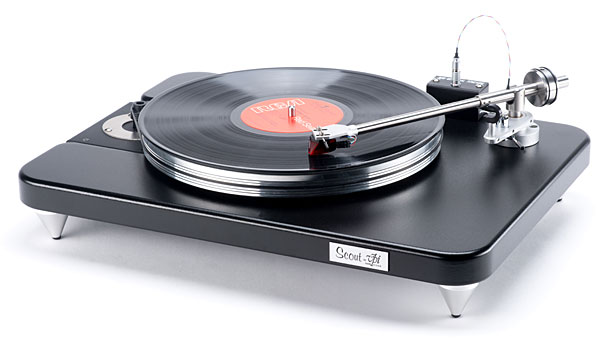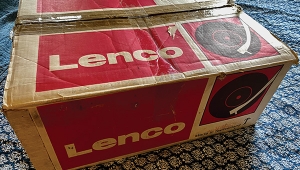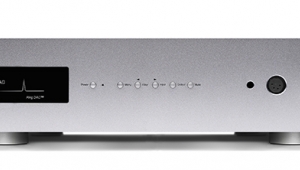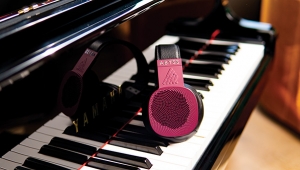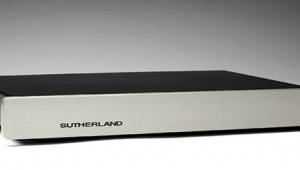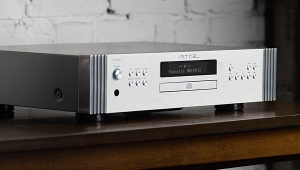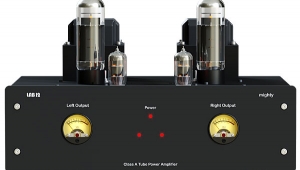| Columns Retired Columns & Blogs |
Very entertaining reviews. I only started getting into vinyl again about 4 months ago and I'm enjoying it immensely. I'm already thinking about an upgrade of the music hall mmf 2.2 that I bought. You made that new VPI sound good enough to eat for dinner.


